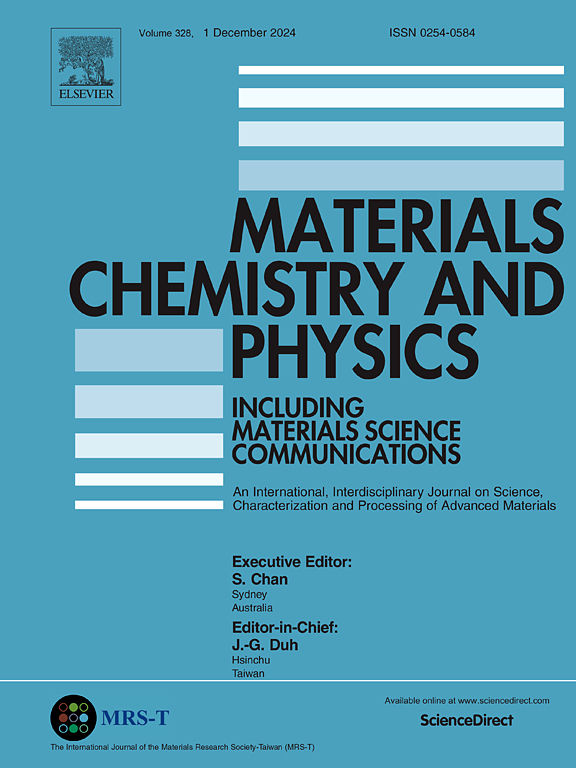Influence of ultrasonic waves during bleaching process on phenolic compounds and tocopherols of Tunisian pomace-olive oil
IF 4.7
3区 材料科学
Q2 MATERIALS SCIENCE, MULTIDISCIPLINARY
引用次数: 0
Abstract
The operating conditions imposed during decolorization can lead to undesirable changes in the physico-chemical properties of the treated oils. In this context, to reduce the harmful effects of acid earths, a new decolorization process, using ultrasonic waves, was developed by limiting the contact time of these earths with the oils and operating at low temperatures. A study of the influence of these two parameters on physico-chemical properties in general and on minor compounds, particularly phenolic compounds, was carried out.
The ultrasonic wave decolorization process offers excellent performance. It's a fast, clean, economical process that limits the undesirable effects of acidic earth and temperature. The results obtained are very favorable to the large-scale extrapolation of this process. It is, however, necessary to carry out continuous trials on a suitably designed pilot plant to judge the technical and economic feasibility of the ultrasonic wave activation process for Tunisian clays.

超声波对突尼斯果渣-橄榄油酚类化合物和生育酚的影响
在脱色过程中施加的操作条件可能导致处理过的油的物理化学性质发生不希望的变化。在这种情况下,为了减少酸性土的有害影响,通过限制酸性土与油的接触时间并在低温下操作,开发了一种新的超声波脱色工艺。研究了这两个参数对一般物化性质和对少量化合物,特别是酚类化合物的影响。超声波脱色工艺具有优良的脱色性能。这是一个快速、清洁、经济的过程,限制了酸性土壤和温度的不良影响。所得结果对该过程的大规模外推非常有利。但是,有必要在适当设计的试验装置上进行连续试验,以判断突尼斯粘土超声波活化工艺的技术和经济可行性。
本文章由计算机程序翻译,如有差异,请以英文原文为准。
求助全文
约1分钟内获得全文
求助全文
来源期刊

Materials Chemistry and Physics
工程技术-材料科学:综合
CiteScore
8.70
自引率
4.30%
发文量
1515
审稿时长
69 days
期刊介绍:
Materials Chemistry and Physics is devoted to short communications, full-length research papers and feature articles on interrelationships among structure, properties, processing and performance of materials. The Editors welcome manuscripts on thin films, surface and interface science, materials degradation and reliability, metallurgy, semiconductors and optoelectronic materials, fine ceramics, magnetics, superconductors, specialty polymers, nano-materials and composite materials.
 求助内容:
求助内容: 应助结果提醒方式:
应助结果提醒方式:


